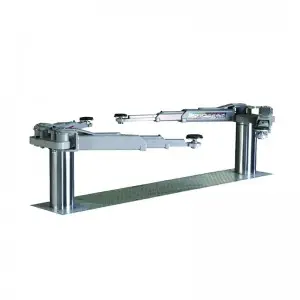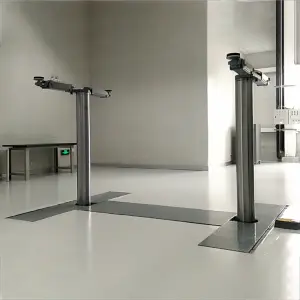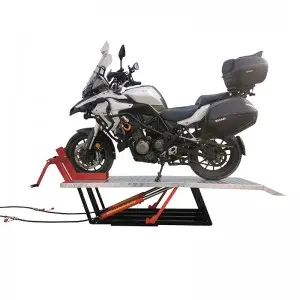Cylinders play a fundamental role in countless aspects of our day-to-day lives, yet their significance often goes unnoticed. From the towering structures in our cities to the engines that power our vehicles, cylinders are an essential component of numerous systems. In this article, we will delve into the intricacies of cylinders, exploring their engineering principles, diverse applications, and the cutting-edge advancements transforming these cylindrical wonders.
At its core, a cylinder is a three-dimensional geometric shape defined by two parallel circular bases connected by a curved surface. This simple yet versatile shape has inspired engineers and inventors throughout history, leading to ingenious designs and innovations. One of the earliest documented uses of cylinders can be traced back to ancient Greece, where they were employed in water pumps known as the Archimedean screw.
Modern engineering has revolutionized cylinder design, facilitating prominent advancements across a wide spectrum of fields. The internal combustion engine, a testament to the power of cylinders, utilizes controlled explosions within the cylinders to generate mechanical energy. This innovation, first introduced by Nikolaus Otto in the late 19th century, gave birth to the revolution of transportation and industrialization.
The realm of architecture is another domain where cylinders shine brightly. Cylindrical structures like the Burj Khalifa in Dubai, the tallest building in the world, highlight the immense strength and stability afforded by this shape. The circular cross-section inherently distributes gravitational forces evenly, making cylinders an optimal choice for constructing tall buildings and bridges that can withstand the test of time.
However, cylinders are not limited to architectural grandeur and mechanical power alone. They find applications in various everyday items that we often take for granted. For instance, the heart of a bicycle lock contains a cylinder, enabling secure locking mechanisms. The mechanics of ink printers, both at home and in commercial settings, rely on intricate cylindrical shapes to deposit ink precisely onto paper, resulting in sharp and vibrant images.
In recent years, advancements in material sciences and manufacturing techniques have paved the way for innovative cylinder designs. Composite materials, such as carbon fiber-reinforced polymers, now offer enhanced strength and lightweight properties, revolutionizing aviation and aerospace industries. Additionally, additive manufacturing or 3D printing techniques have facilitated the creation of intricate cylinders with complex internal structures, expanding possibilities for various applications, including biomedical implants and advanced fuel systems.

Exploring the Intricate World of Cylinders: Unveiling their Engineering, Applications, and Advancements

Exploring the Intricate World of Cylinders: Unveiling their Engineering, Applications, and Advancements
The cutting-edge developments in the field of robotics owe much to the unique capabilities of cylinders. By combining cylinders and joints, engineers have developed robotic arms that mimic human movements with remarkable precision. These robotic limbs find utility in industries such as manufacturing, healthcare, and even space exploration, where dexterity and accuracy are of utmost importance.

Exploring the Intricate World of Cylinders: Unveiling their Engineering, Applications, and Advancements
While cylinders are undoubtedly an engineering marvel, they also possess a certain aesthetic appeal. In the world of design and art, cylindrical shapes have been favored for their harmonious proportions and pleasing symmetry. From iconic sculptures to contemporary furniture pieces, cylindrical forms continue to captivate our visual senses, offering both functionality and beauty.
In conclusion, the unassuming cylinder plays an indispensable role in an astonishing array of applications. From ancient Greece to cutting-edge industries, its elegant and versatile design has shaped our world in countless ways. As advancements continue in engineering and manufacturing, it is no doubt that cylinders will continue to inspire innovation and elevate our technological achievements to new heights.car quick lift
